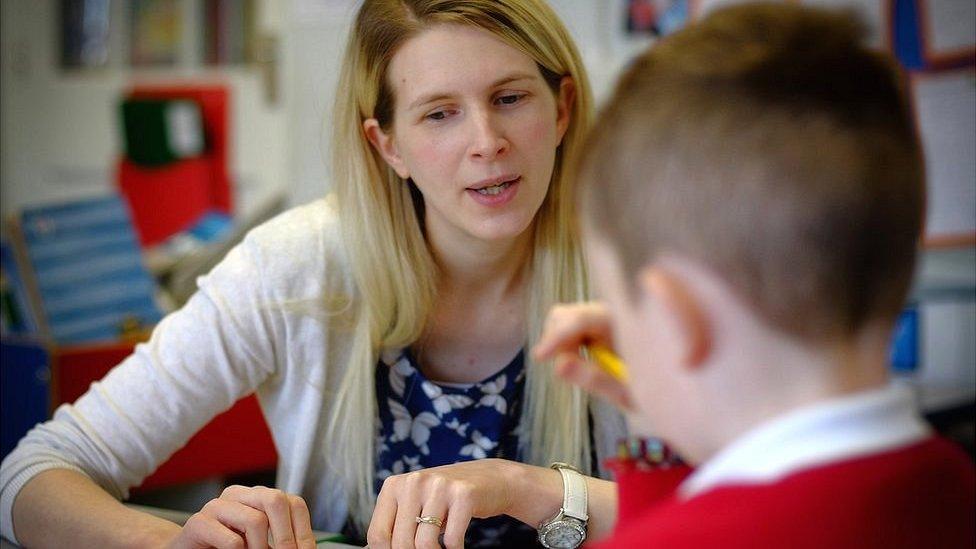The tiny Hertfordshire primary school too small to survive
- Published
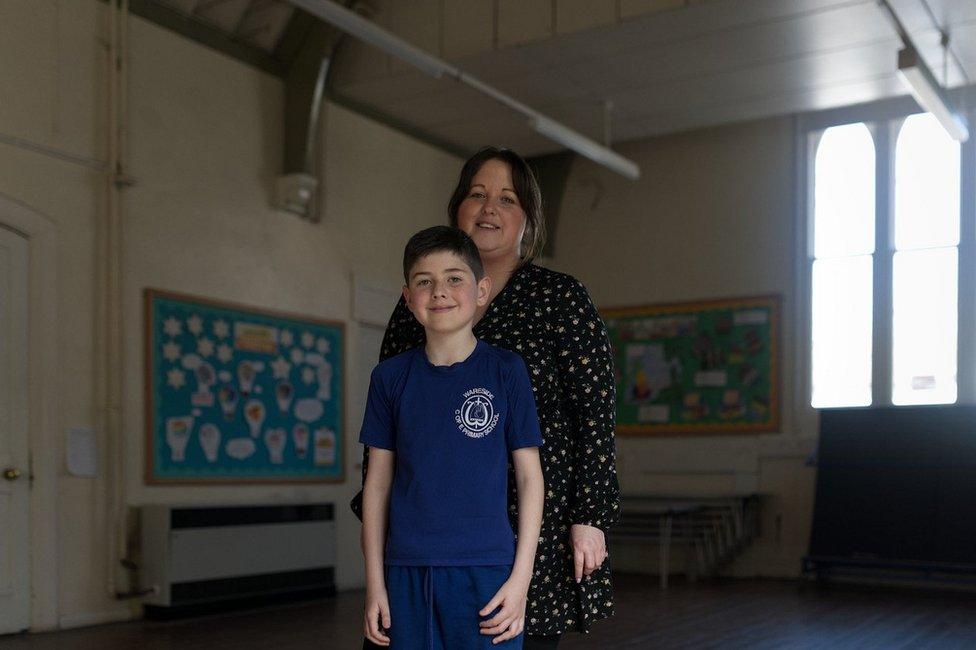
Year six pupil Alby with his mother Sarah Pardy, who became a teaching assistant after volunteering at Wareside Primary
Ask year six pupil Alby what he thinks of his school and he replies, through a wide beaming smile, "It is amazing".
He knows full well that with just 19 pupils, his school - Wareside Primary in Hertfordshire - is very small. Too small, even, to have an 11-a-side football match without coercing staff members to join in.
"I like how it is small because there are not too many people surrounding you," he says. "It is friendly."
Poised to go up to secondary school, he will not be leaving alone. At the end of the summer term, the entire school will close forever.
Rated a good school by Ofsted, Hertfordshire County Council decided the shortage of new pupils combined with an expected £80,000 budget deficit meant it had no future.
In closing, the school will become one of the latest schools to shut its doors across England including Bleasdale Church of England Primary near Preston, Kell Bank Primary near Ripon in North Yorkshire and St Joseph's Catholic Primary School in Cockermouth, Cumbria.
Paul Whiteman, general secretary of the National Association of Head Teachers (NAHT), fears for the future of smaller schools and the communities they serve.
Their loss, he says, can be "incalculable".
"Small schools are at the heart of our local and rural communities," he says. "But as one of the groups hit hardest by budget cuts, for thousands of small schools the future remains uncertain.
"This is a terrible state of affairs when you think about how vital these schools are.
"In many places, the school is the last public service left standing in their community."
Wareside, a village near Ware with a population of about 735, a church, two pubs and a village hall, has had a school since the 1700s, first as a place for male boarders and then, from the 1870s, as a mixed school.

Ann Gaze, the school's interim headteacher for the last three years, says the closure decision was "really sad for everybody"
For Ann Gaze, the school's interim headteacher for the last three years, the challenge now is to support her staff and pupils as best she can during the final few months they have left together.
"Everybody is saddened by the whole situation," she says. "It is really sad for everybody.
"Some days they are fine and some days it hits them, some more than others."
What does Wareside's fate reveal about the issues facing the nation's smallest schools?
It shows the perils of a self-fulfilling prophecy, says Mrs Gaze.
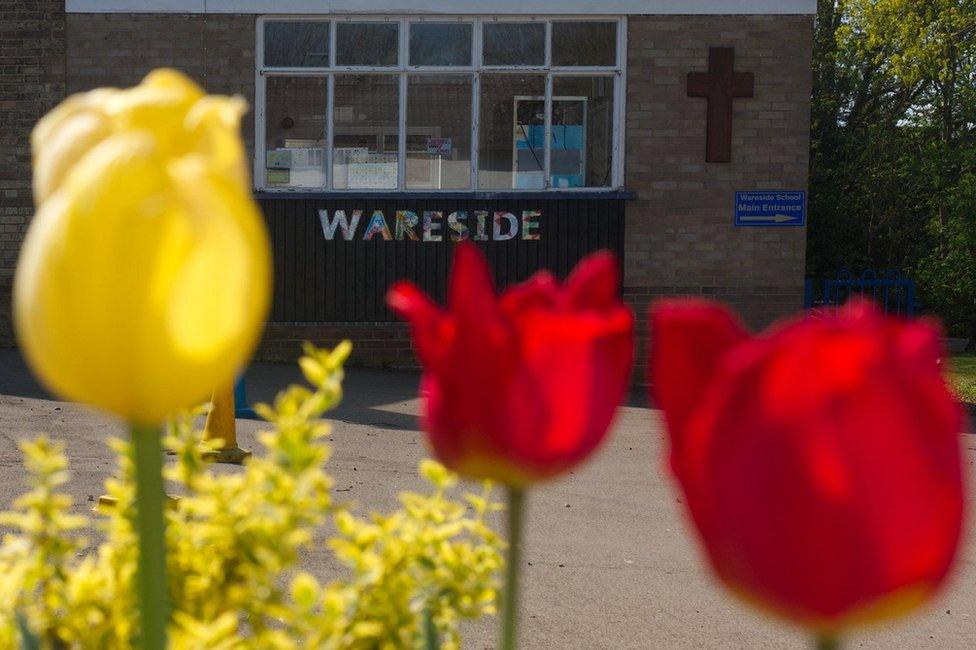
Wareside had inquiries from parents interesting in placing their children there. But Mrs Gaze says she had to be upfront that their child was likely to be the only pupil in reception
Just a small change in pupil numbers can make the difference between it being a highly desirable option with small class sizes to very unattractive.
Wareside had inquiries from parents interested in placing their children there. But Mrs Gaze says she had to be upfront that their child was likely to be the only pupil in reception.
That fact, she says, understandably concerned the interested parents, who subsequently sought out places elsewhere.
Survival, then, depended on parents willing to be the first to place their child there in the hope that other parents would follow.
It did not happen.
"For our parents, we are a very important part of life and they really do value what we are able to give to their families and children," says Mrs Gaze.
"We are like one big family," she says. "Everybody knows everybody and all the staff know both the children really well and their families really well.
"It is an important part of the village.
"The children who live in the village can obviously walk here. It is going to be a change for them."

Sarah Pardy (l), Alby's mother, began working at the the school on a voluntary basis 12 years ago
Sarah Pardy, Alby's mother, began working at the the school on a voluntary basis 12 years ago. Four years ago she joined the staff as a teaching assistant.
"It [the closure] is a big thing for the village," she says. "I met my best friend here, a fellow parent, after we both moved to the area.
"We found each other and have a lifelong friendship, and we got our children together and they will be lifelong friends. They've all come through this school together.
"My friend is devastated about the school closing. It is those memories we share about the school.
"Every day when they come to a school like ours, you know as a parent they are safe and are looked after. It is a little family."

Half of the pupils at Wareside come from the village itself and the other half come in from outside
A decade ago Wareside had 43 pupils on its roll. Now with just 19 children, four part-time teachers and a number of support staff, the pupils are divided into two classes depending on age.
Half of the pupils come from the village itself and the other half come in from outside.
Jo and James Crofts live in the village and have two children at the school, one in year six and another in year two.
"We as parents have always felt the uniqueness of Wareside and the love it gives shines on within our children," she says.
Ms Crofts says her eldest boy was "heartbroken" when he learned of the closure.
She says the mixed classes were a "benefit" rather than a shortcoming, helping her children build their confidence by mixing with a wider age range of peers.
"Wareside School has been the beating heart of our village community."
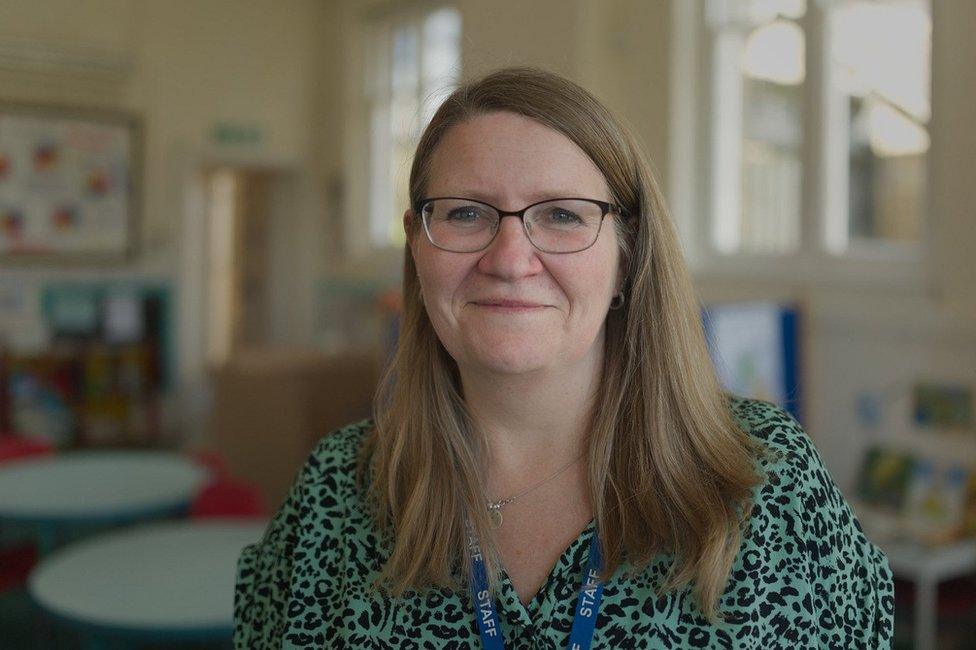
Lindsay Barton is a school governor and a higher level teaching assistant. She says the closure is "tragic"
Lindsay Barton, a higher level teaching assistant and member of the school's governing body, said: "If you watch them at play time, they all mix together.
"I know small schools are not for everyone, but I think they are so good for giving children confidence."
Asked about the closure, she says: "It is tragic, it is just tragic.
"Over the years, the numbers here have fluctuated. The cohort has always changed."
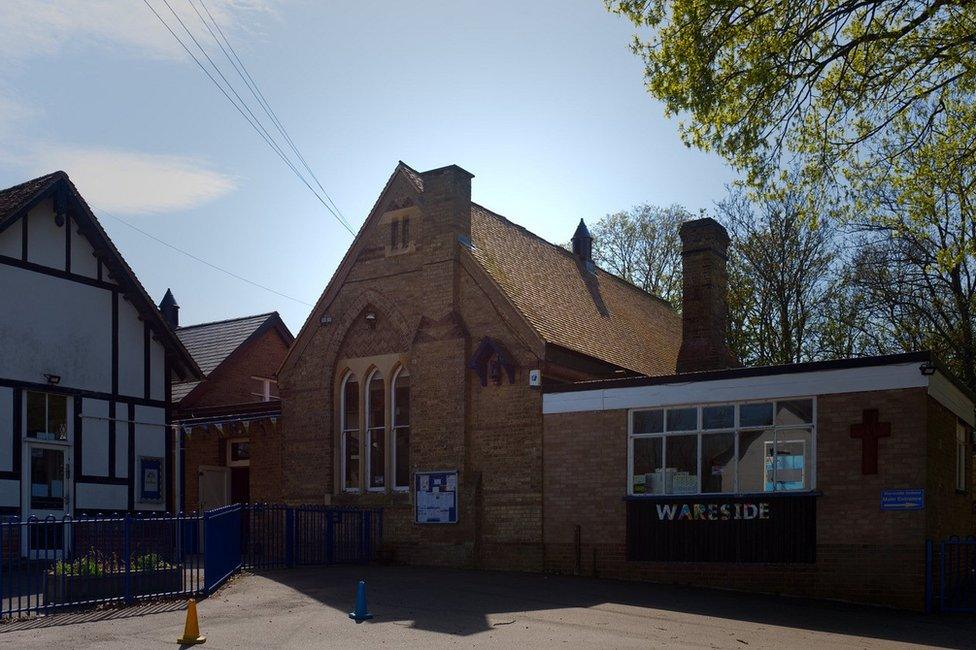
The government says there is always a presumption against closing rural schools
According to government data there are 97 maintained primary schools in England with fewer than 50 pupils, external.
But while some schools have been closed, others have been opened. And the total number of maintained primary schools has risen slightly from 16,786 to 16,791 during the past five years.
The government says there is always a presumption against closing rural schools and the impact on its surrounding community should be fully considered.
It says small and remote schools get extra funding of £55,000 for primary schools and £80,000 for secondary schools.
A Department for Education spokesperson said: "We understand that the closure of any school can be difficult for its students and wider community, prior to closure of Wareside Primary School a full consultation has taken place.
"Through the schools National Funding Formula we have more than doubled additional funding for small rural schools from £42 million in 2021-22 to £95 million in 2022-23.
"This funding will help to maintain the viability of more rural schools and ensure they remain at the heart of village communities."
Photography: Laurence Cawley

Find BBC News: East of England on Facebook, external, Instagram, external and Twitter, external. If you have a story suggestion email eastofenglandnews@bbc.co.uk, external
- Published15 May 2017
